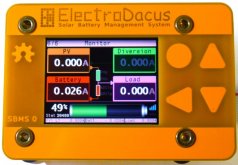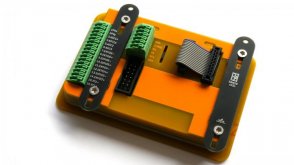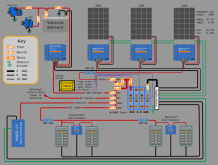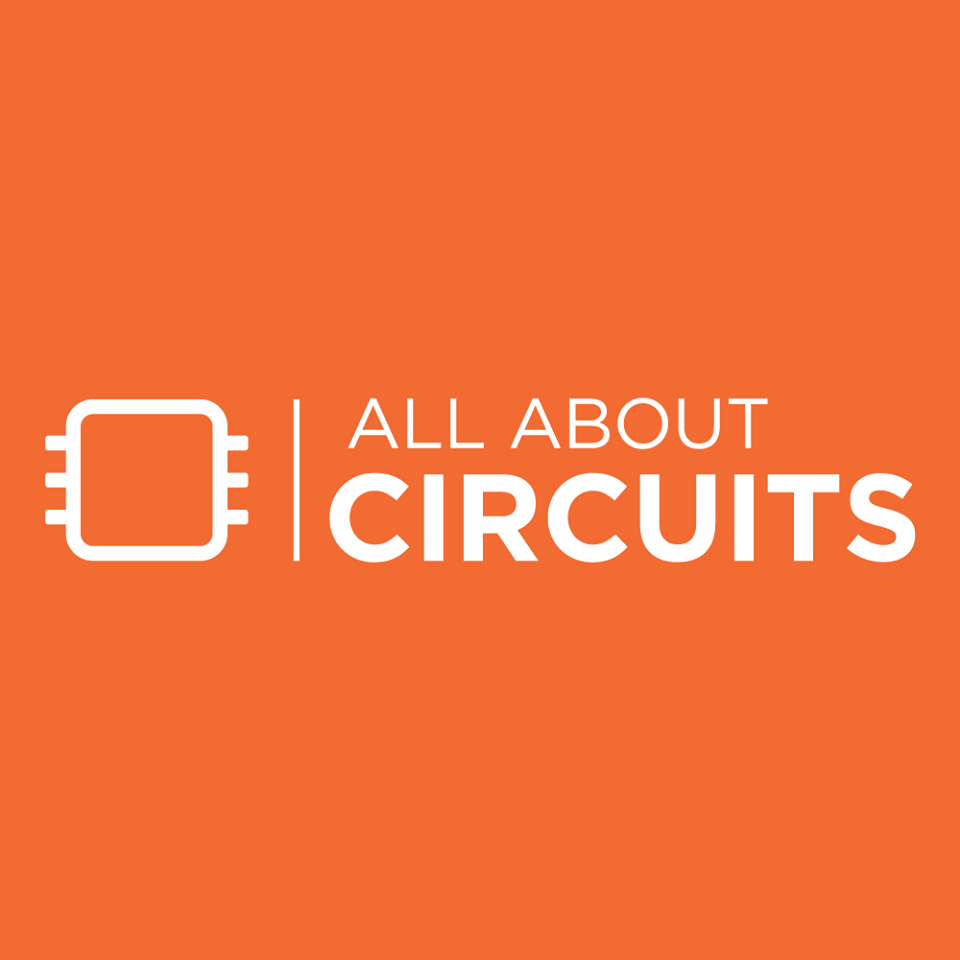This is what one of the 6 monitoring screens on the new version of the SBMS looks like.
PV = Chargers
Load = Loads
Battery = Battery
Diversion = optional SBMS specific feature to divert excess energy to other purposes, most notably heating. There is not yet a built in ability to measure diversion current.

Another of the monitoring screens:

*PV2 is a holdover from older models, I don't beleive it is actively used on this model (might be mistaken though).
Rear connectors:

PV = Chargers
Load = Loads
Battery = Battery
Diversion = optional SBMS specific feature to divert excess energy to other purposes, most notably heating. There is not yet a built in ability to measure diversion current.

Another of the monitoring screens:

*PV2 is a holdover from older models, I don't beleive it is actively used on this model (might be mistaken though).
Rear connectors:

Last edited:






